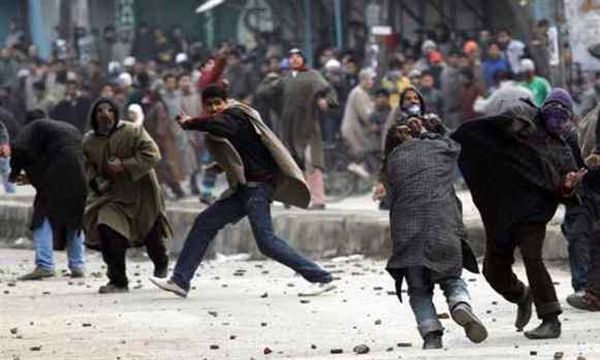This was published in the print edition of Economic and Political Weekly. (Issue April 15, 1989)
The lesson of the communal riots in Jammu in mid-January is that even when relations between communal groups have been cordial for generations, serious trouble can break out due to the special interests of small groups and the abdication of responsibility by the administration and the political leadership. This is a grim lesson for the whole country.
ON January 13,1989, Jammu witnessed an outbreak of murderous communal violence, on the eve of the birthday celebrations of Guru Gobind Singh. All the 14 who died were Sikhs. Three gurudwaras and one Hindu temple were damaged. Several shops, scooters, cars and an electricity substation were set on fire. The burnt shops, vehicles and scooters belonged to both the communities but most of the looting was directed at Sikh shops and property.
In the first week of February, two of us, representing Nagrik Ekta Manch, went to Jammu to investigate. We were surprised to find that despite the obvious communal character of the killings and arson, the city’s population retained a degree of intercommunal respect unusual for a city which had witnessed a major communal massacre. One could not help but make comparisons with the much more vitiated atmosphere in Delhi of November 1984, Meerut of May 1987, or Ahmedabad of the various conflagrations through the 1980s.
The situation in Jammu was significantly different. First, ordinary Hindus reacted spontaneously by coming to the rescue of ‘ beleaguered Sikhs. Second, despite repercussions of terrorism in the neighbouring Punjab and of events in the Kashmir region and the near-total collapse of any political leadership committed to help defuse crises, even a single determined individual like .Balraj Puri was able to begin building bridges because representatives of the two communities were relatively willing to come together for a dialogue.






